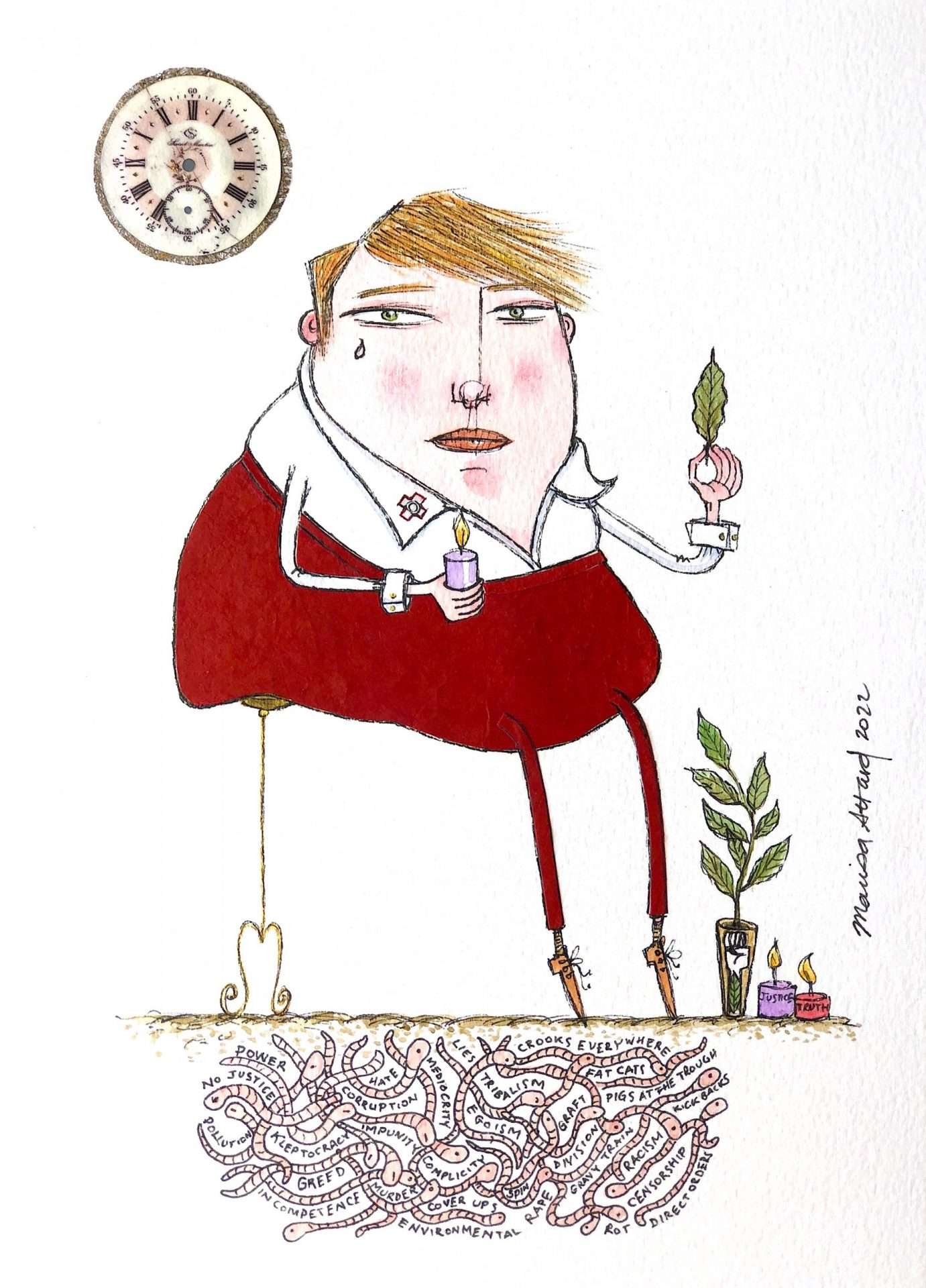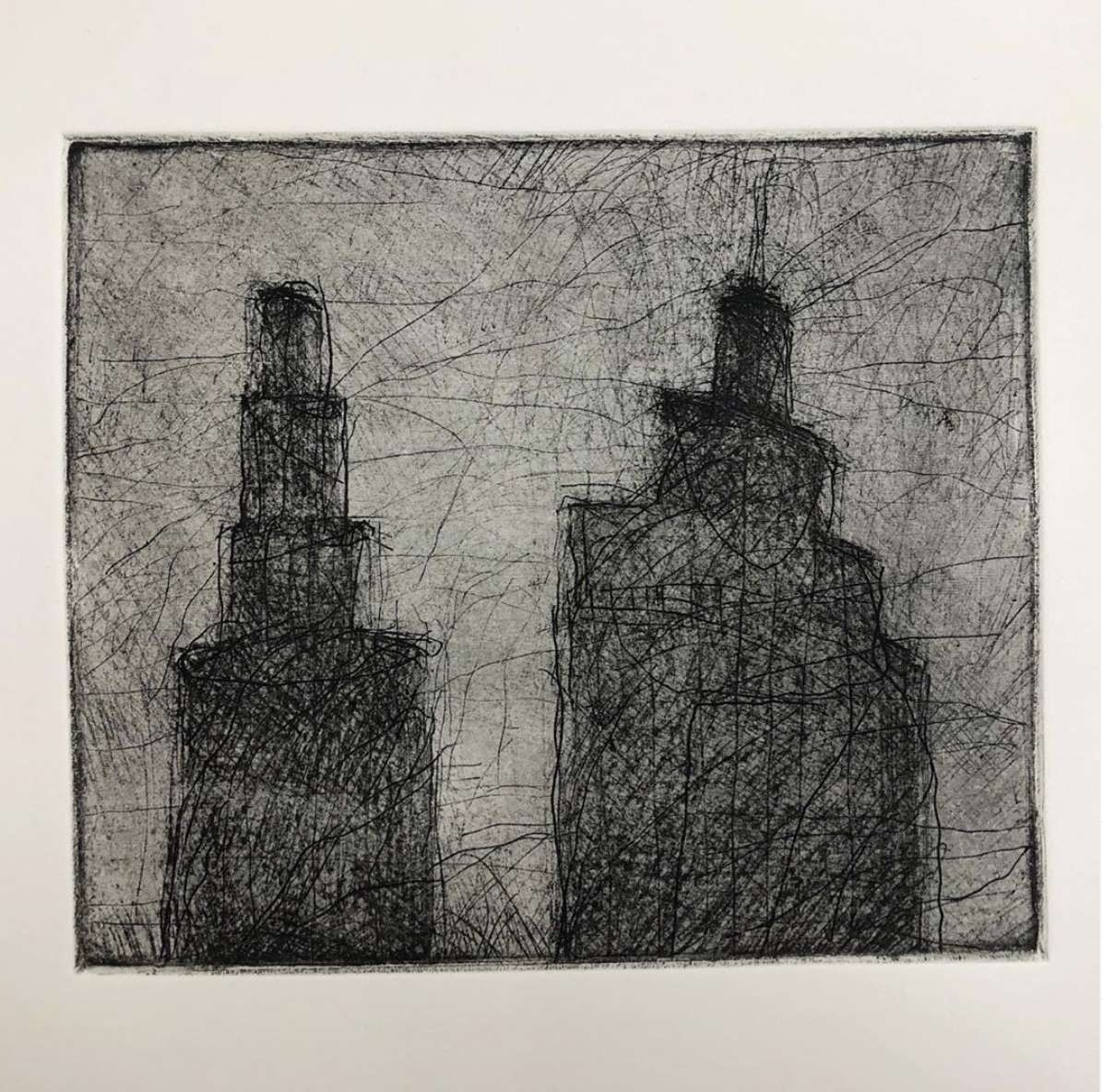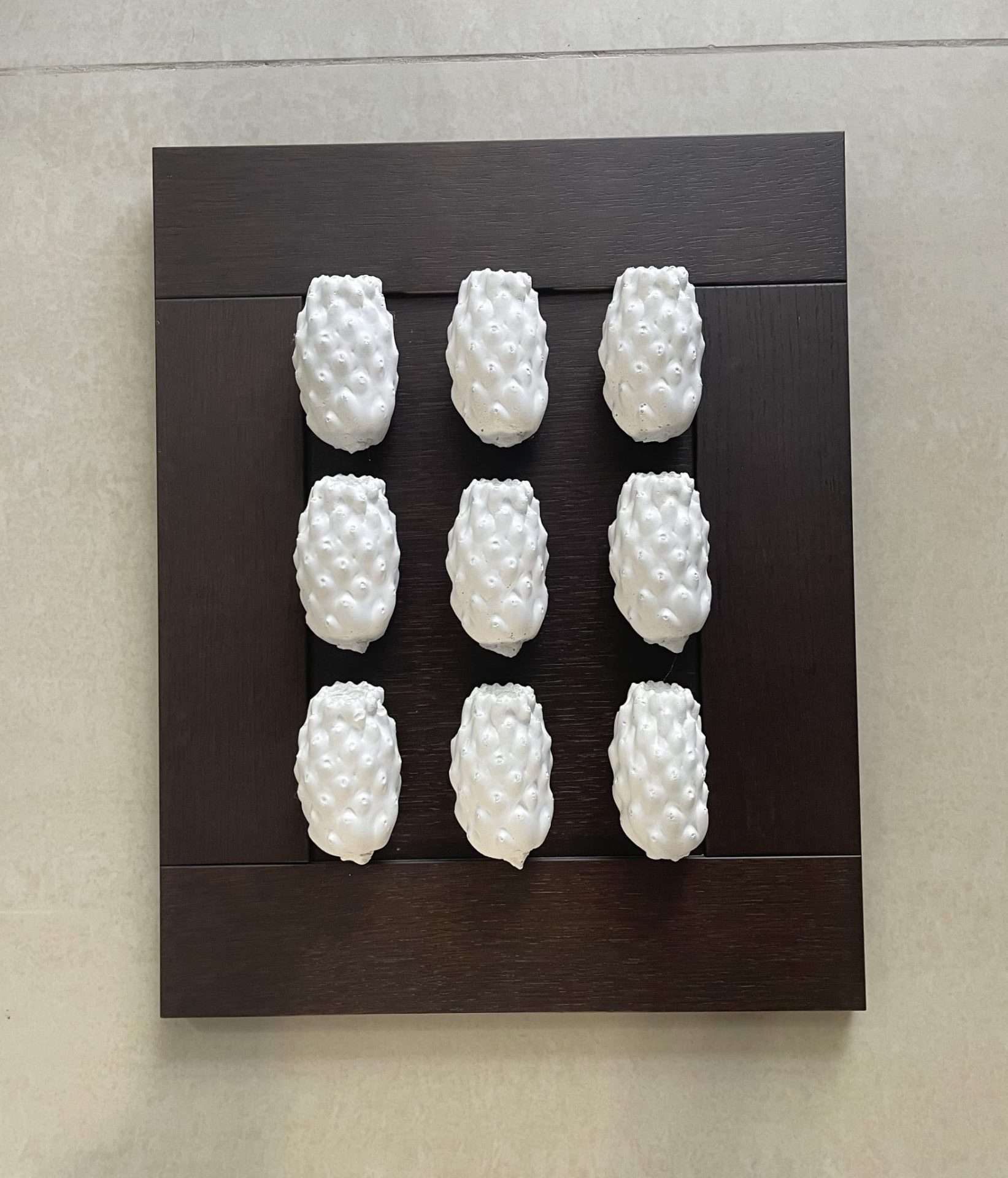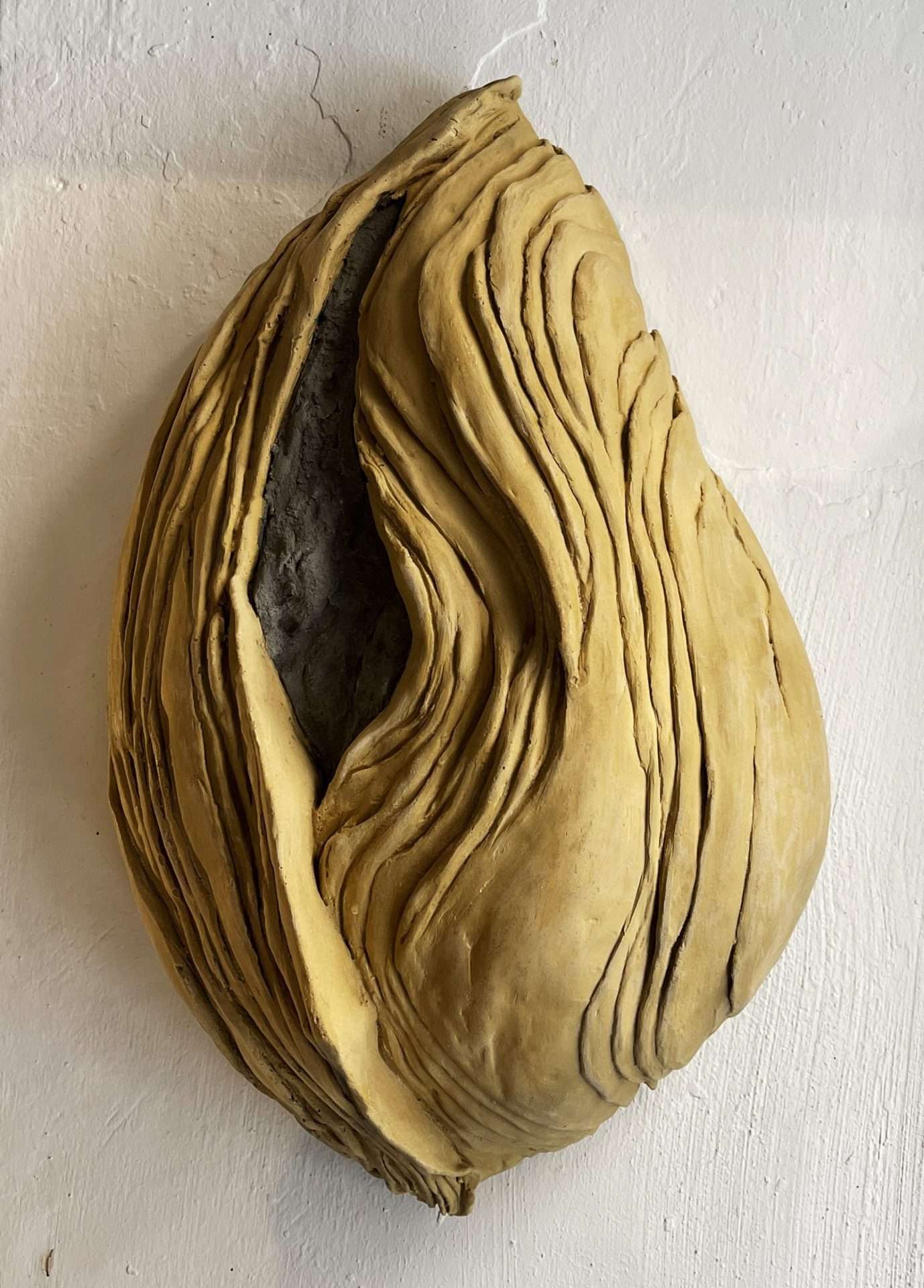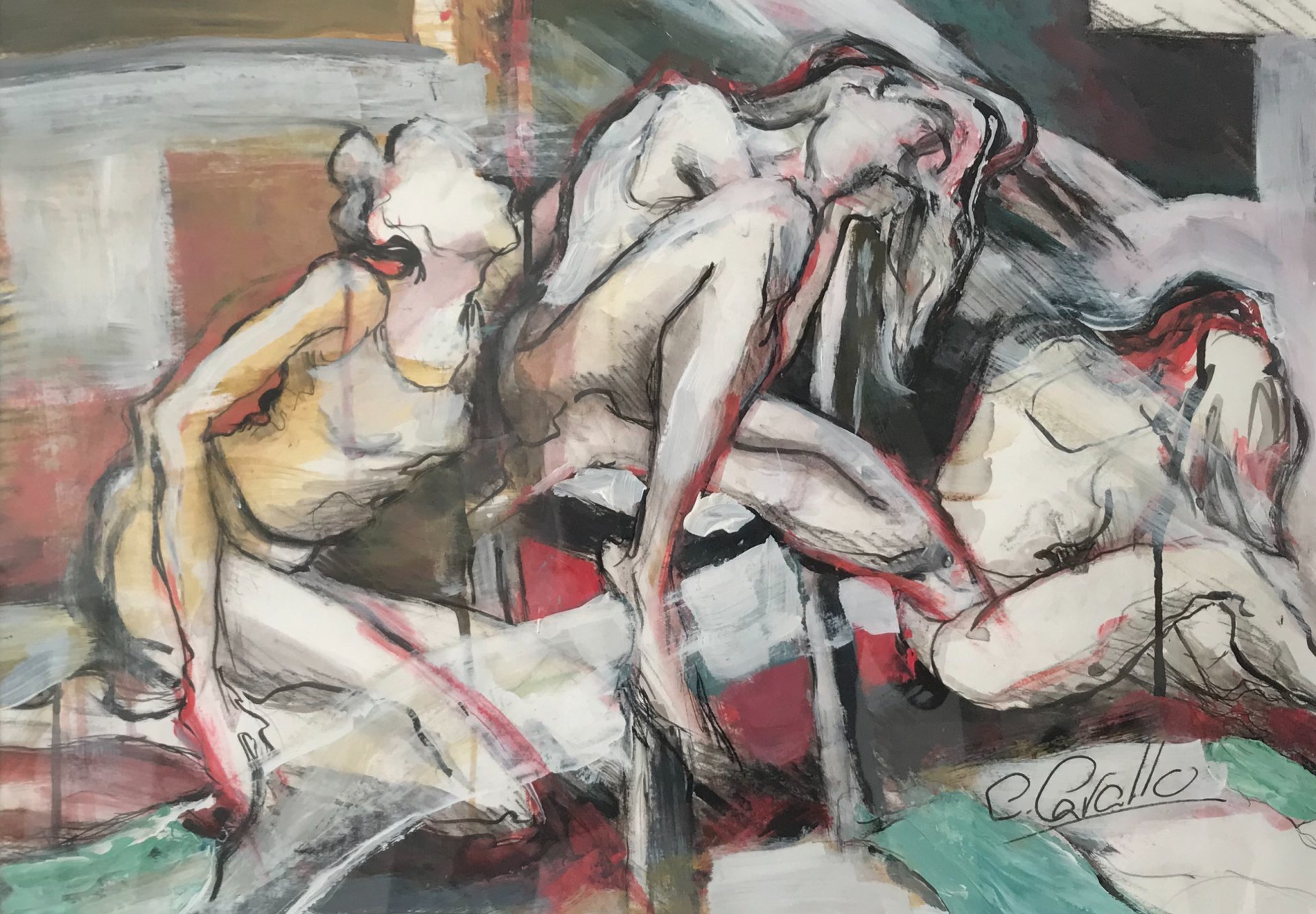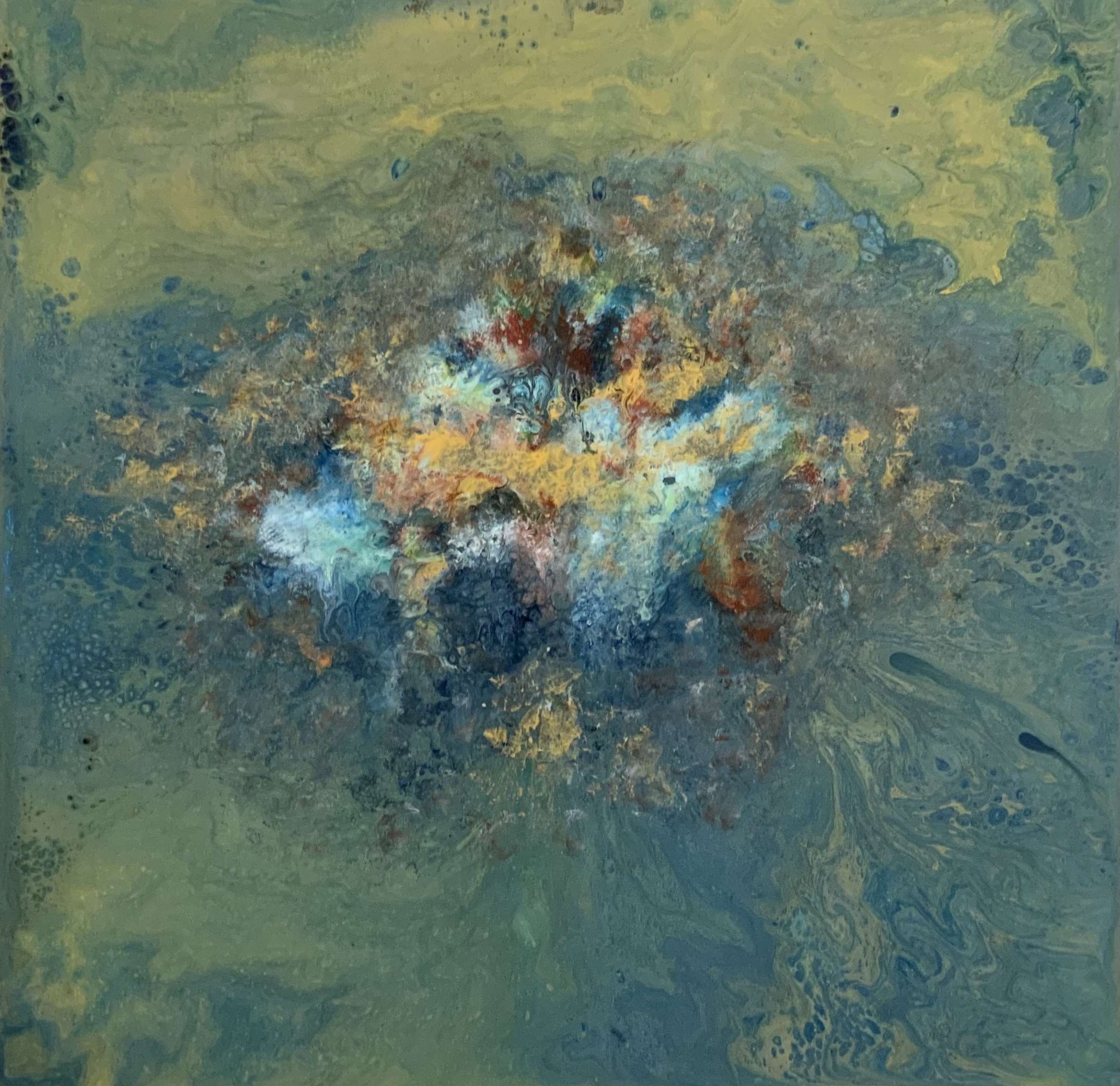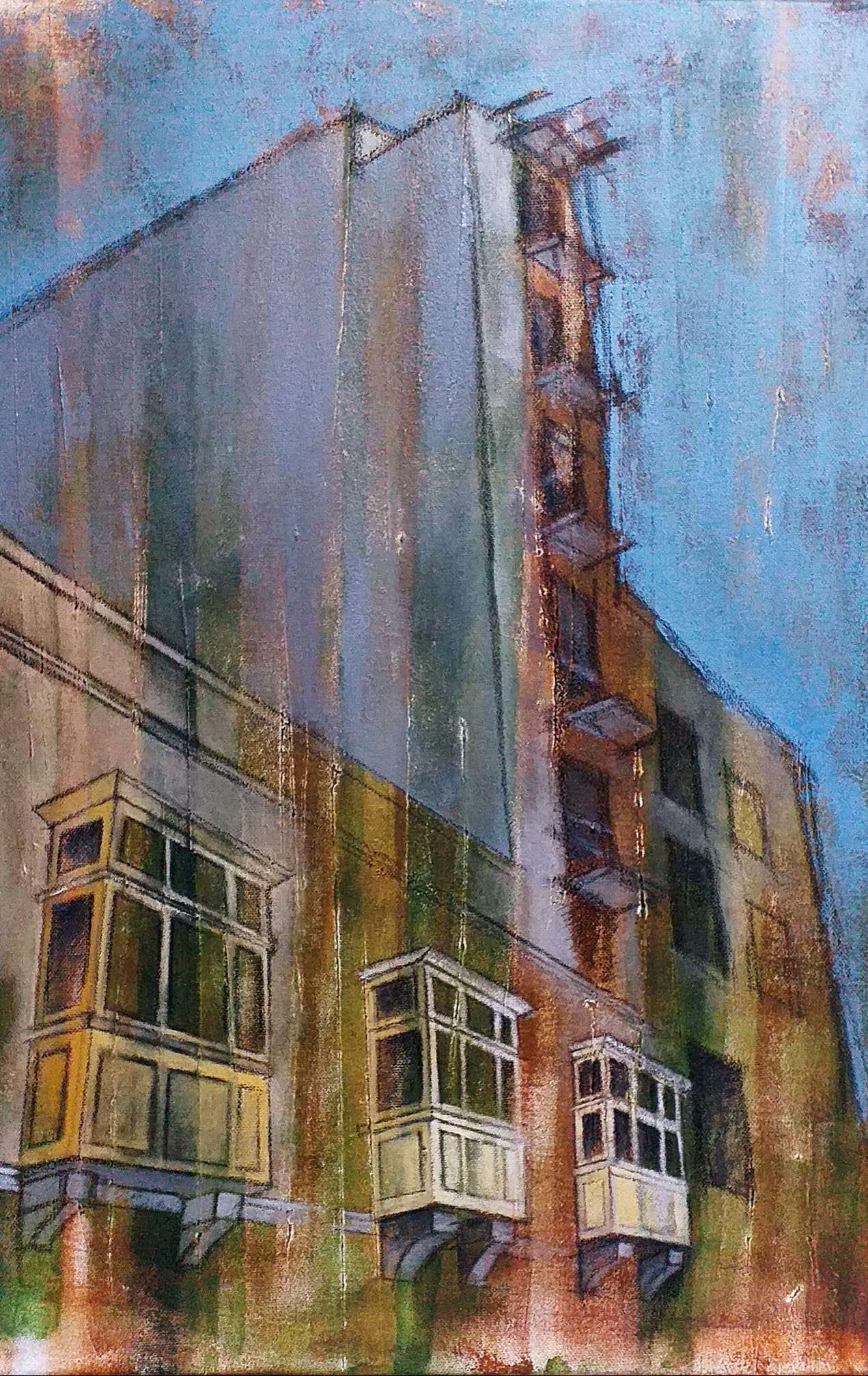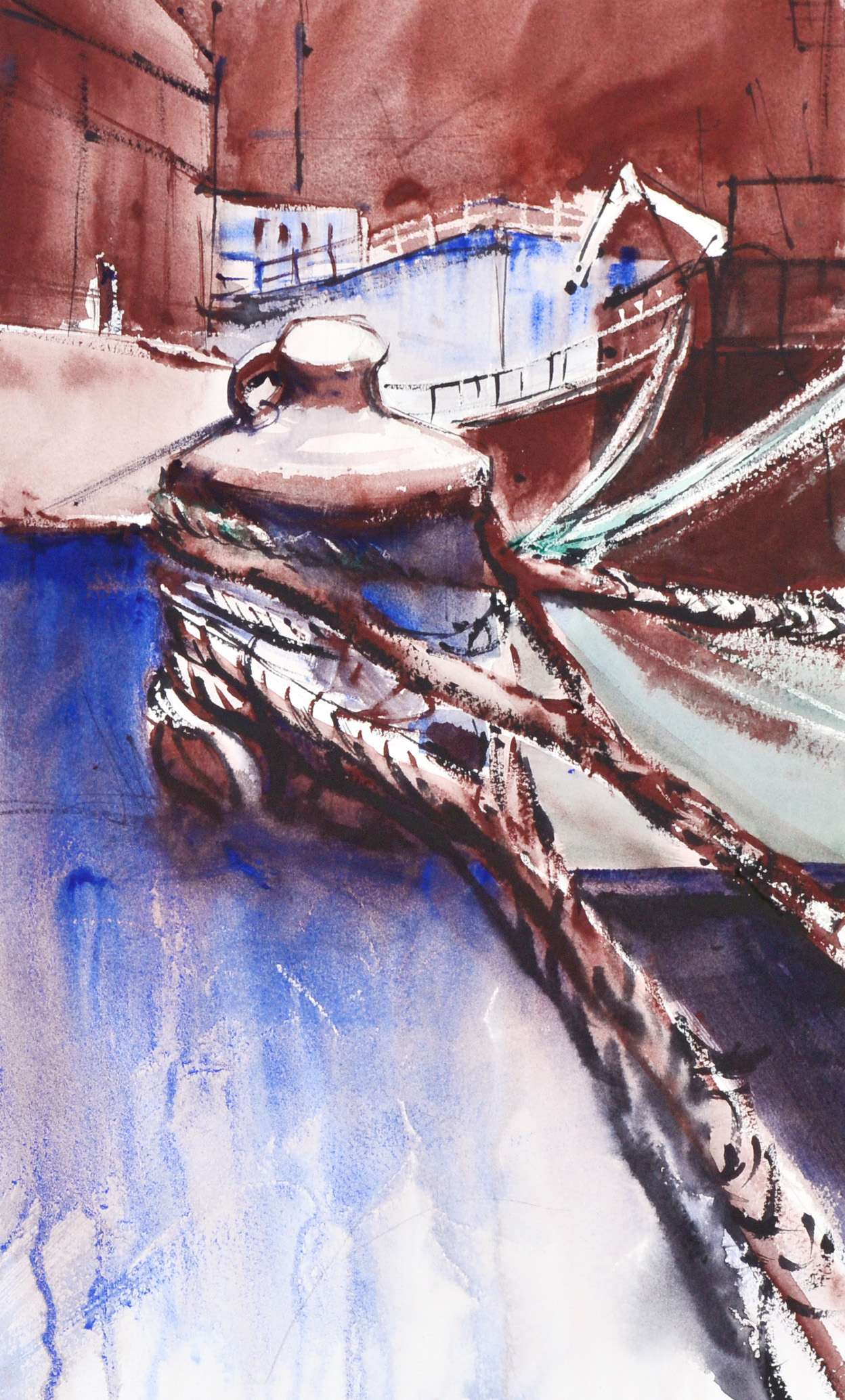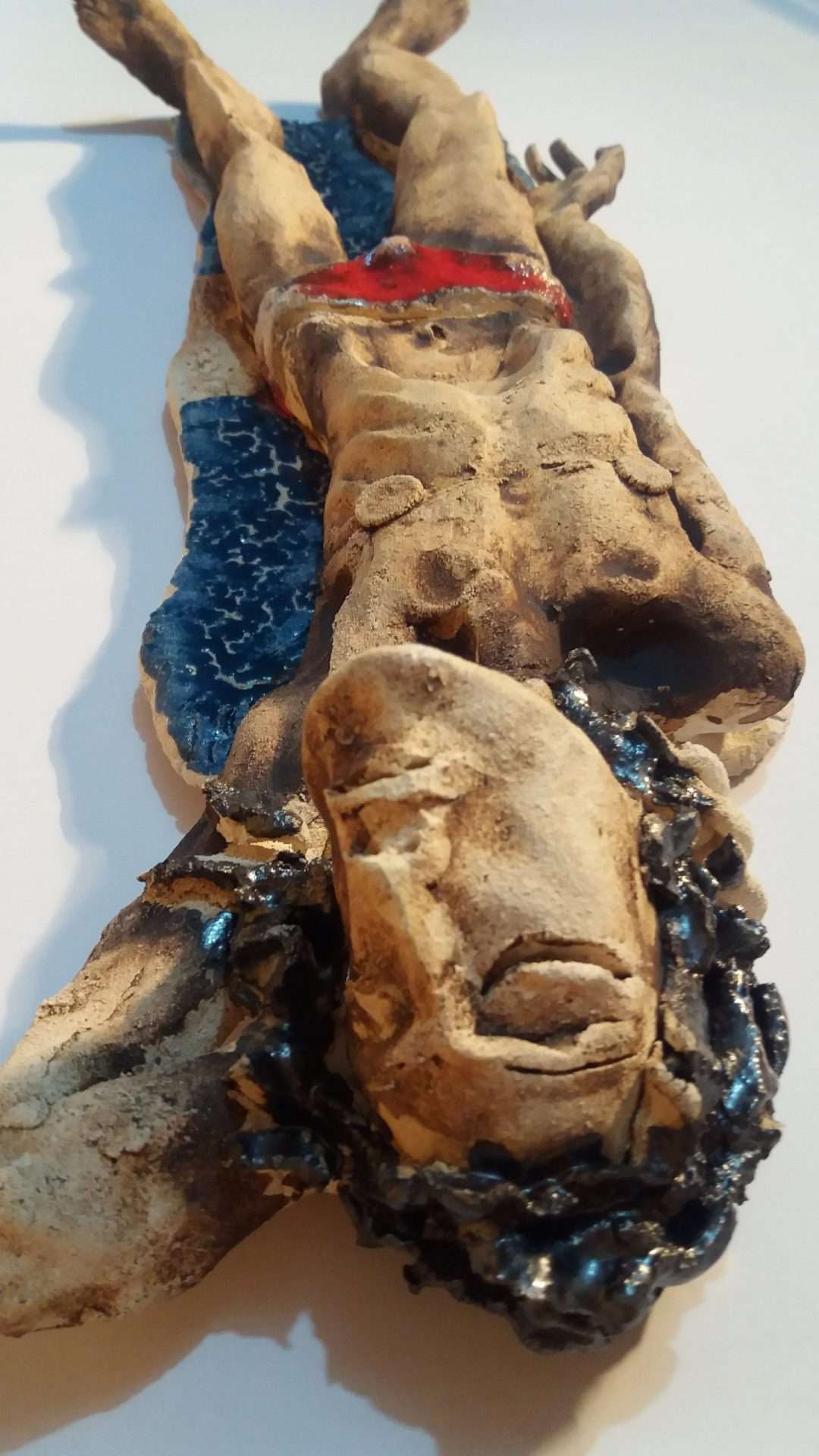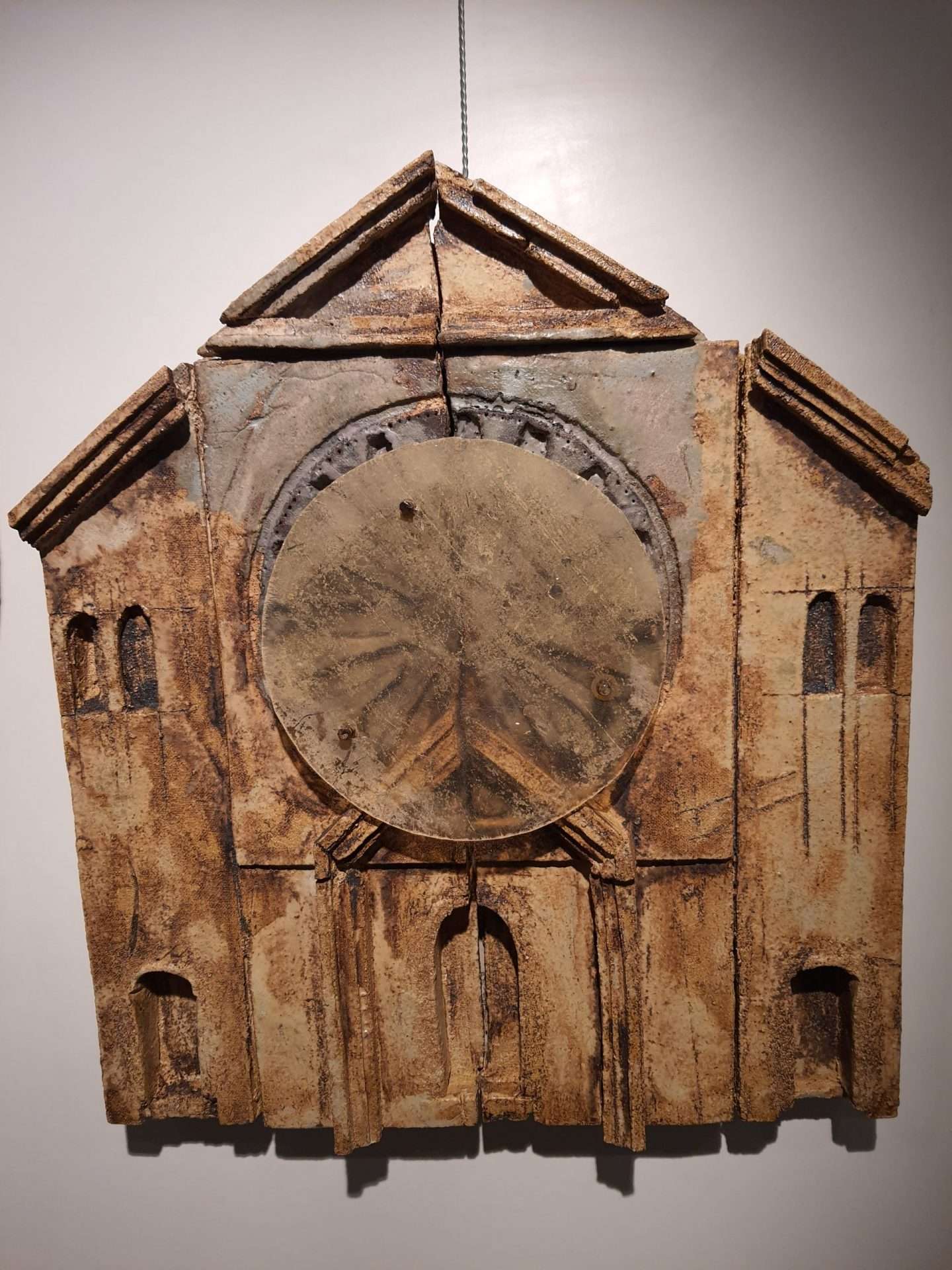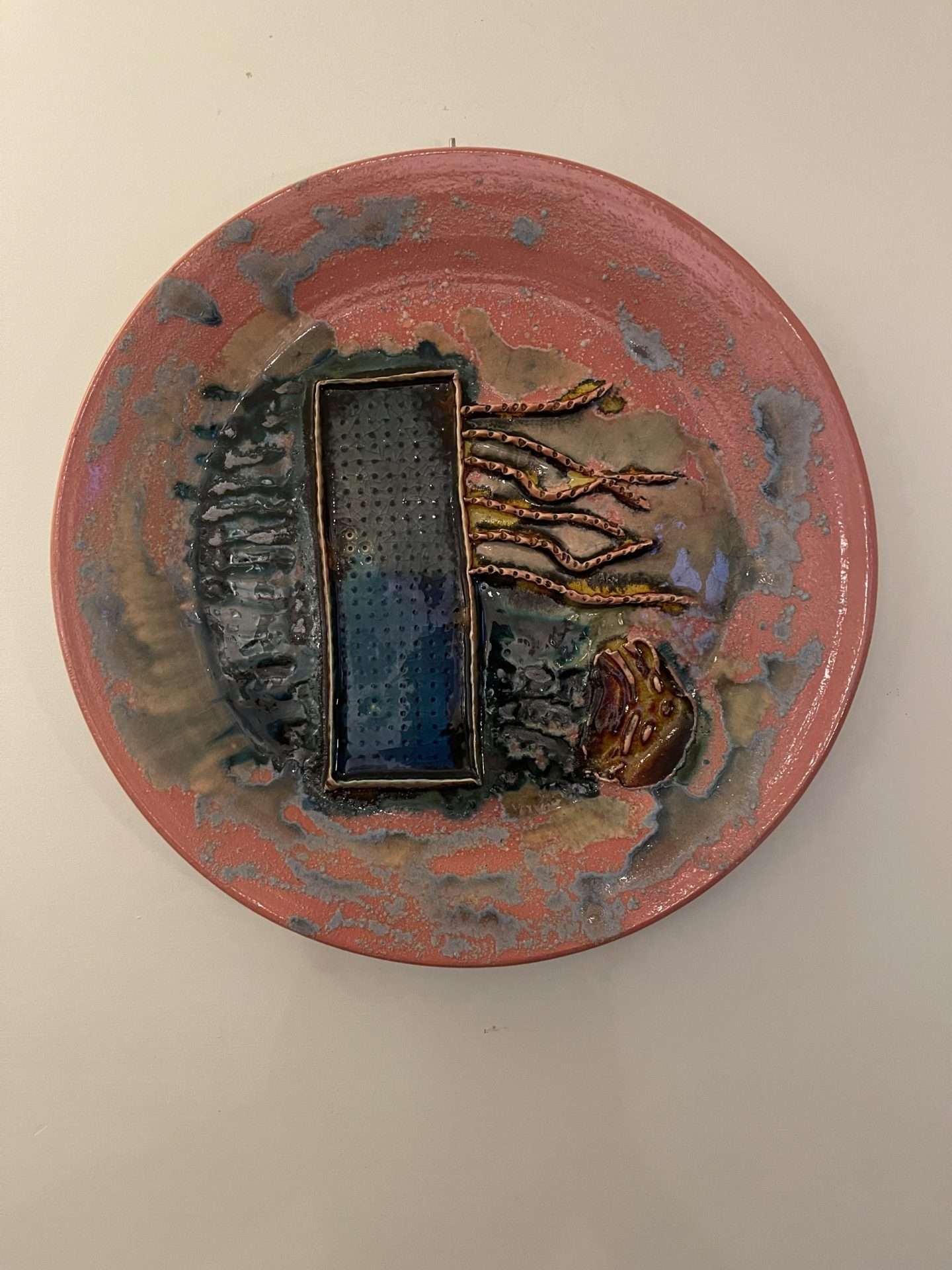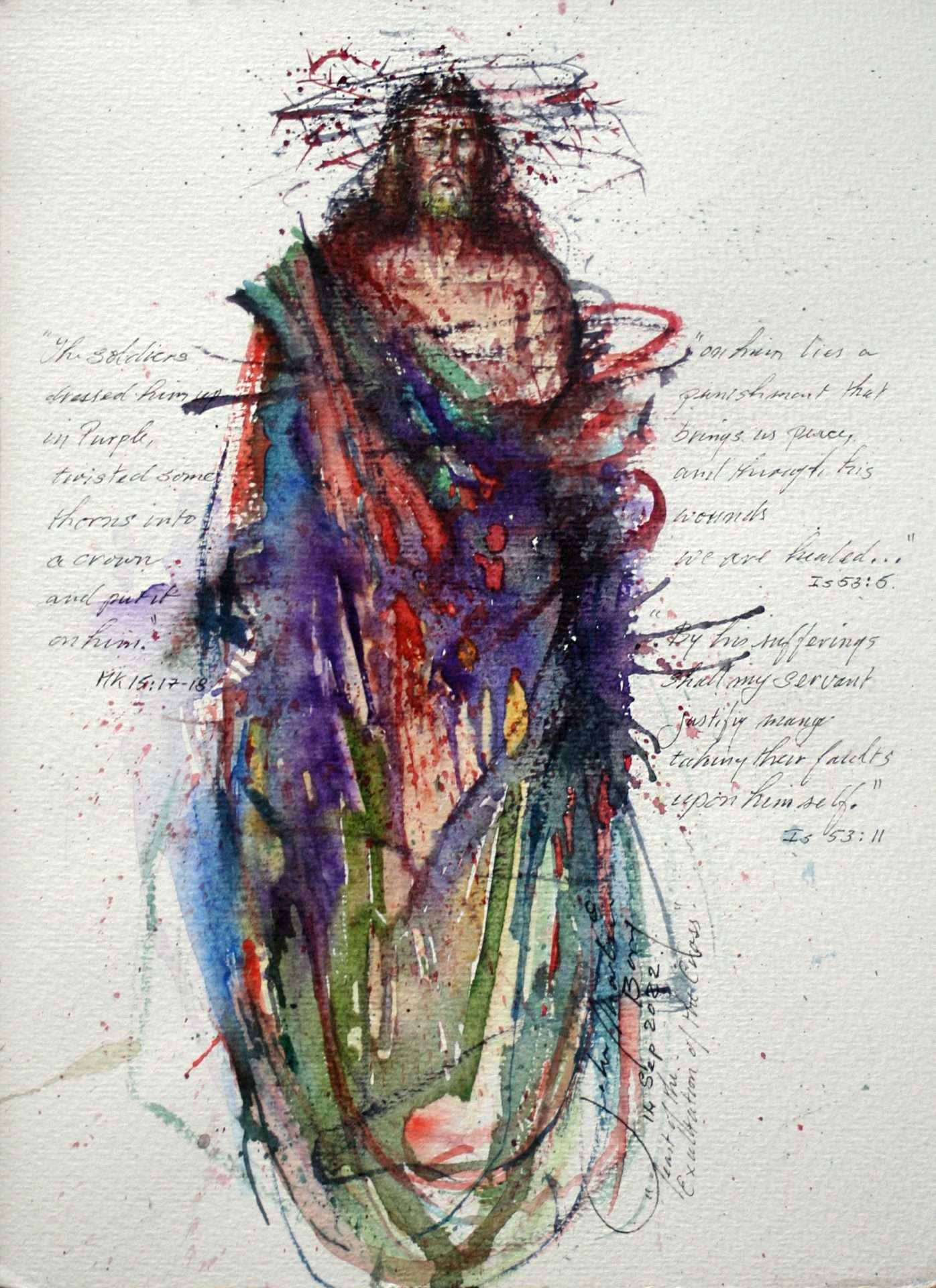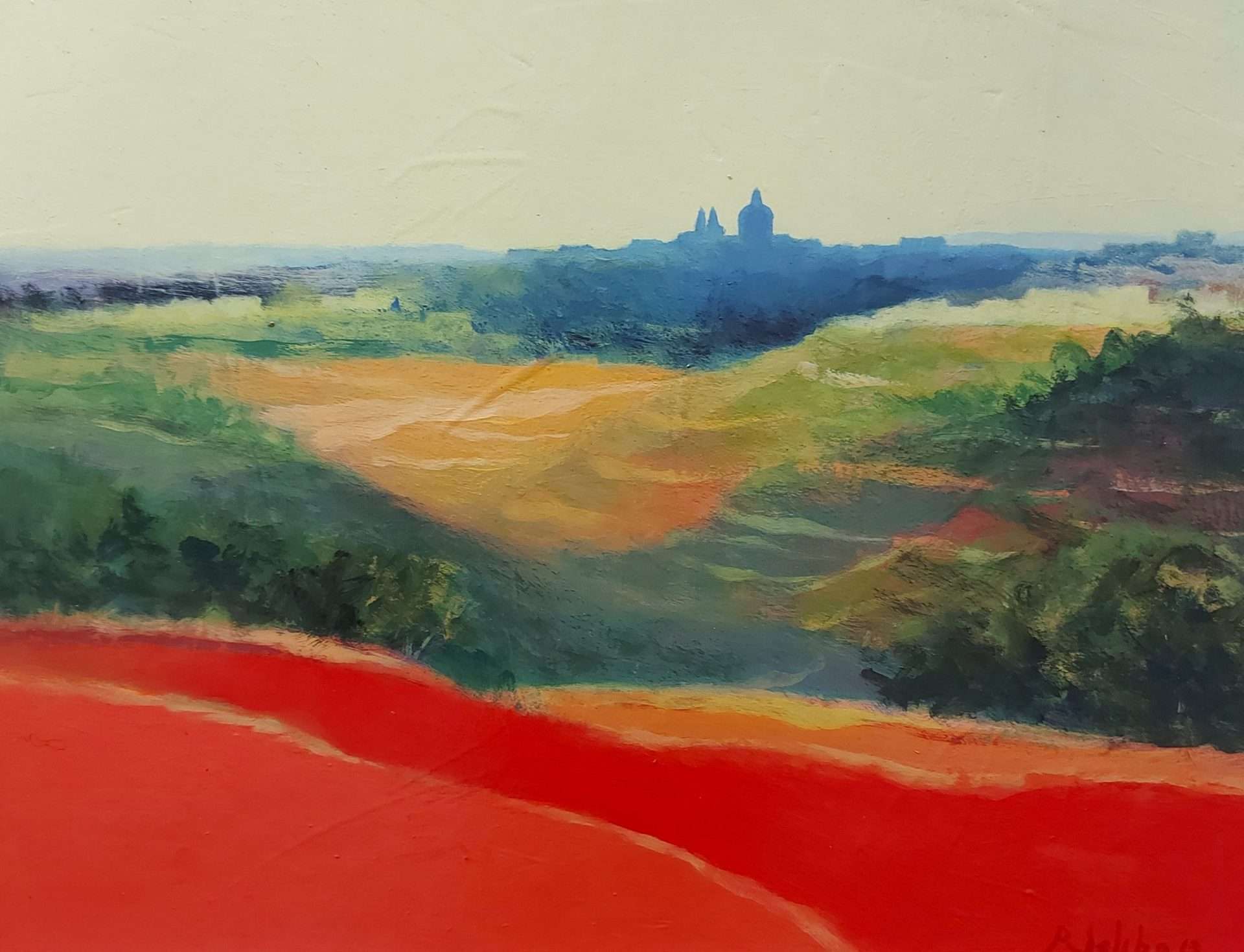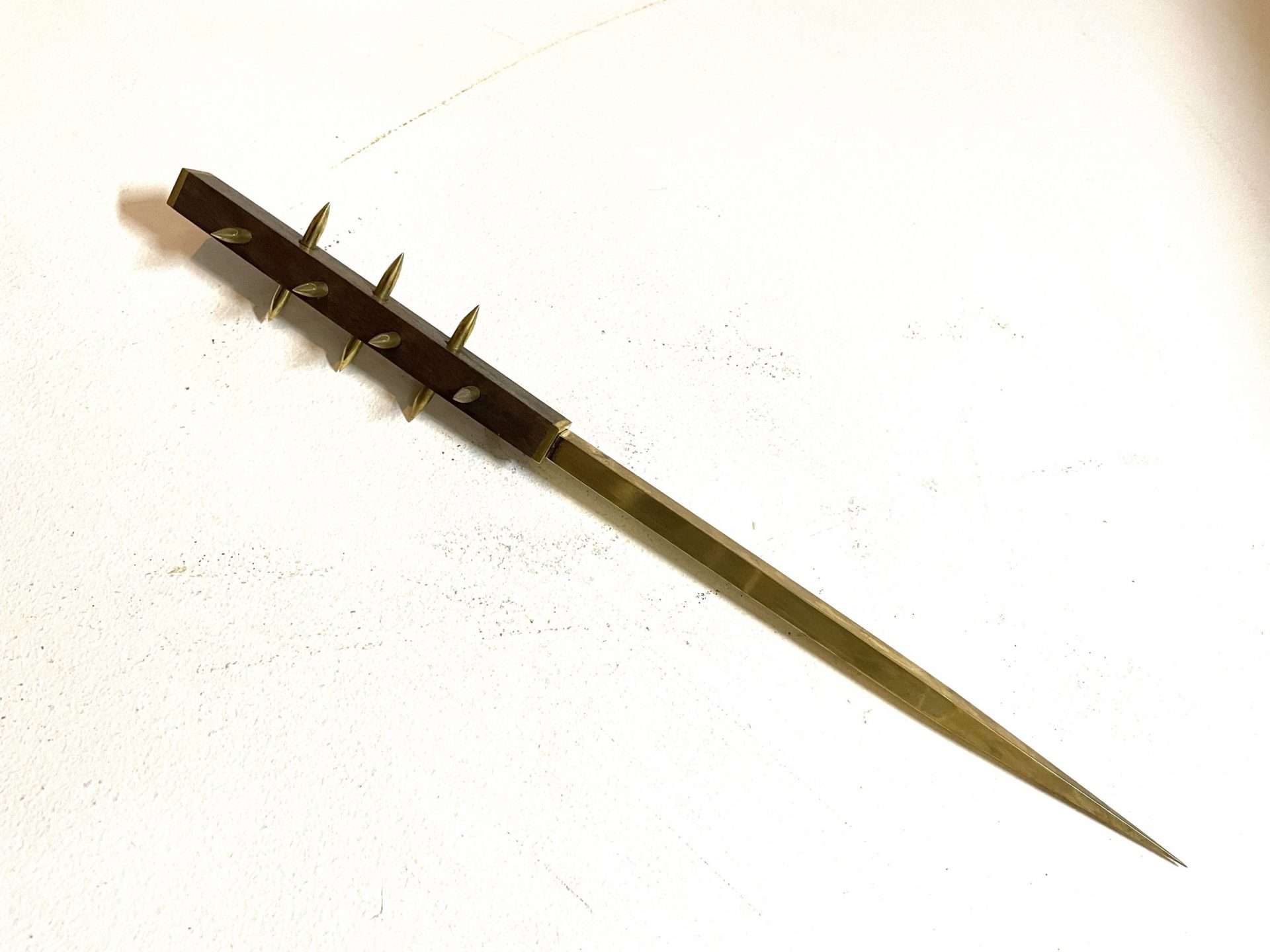
08 -
08


23

October
Exhibition
Foreward
It is with great pleasure that I welcome this year’s fundraising arts event led by the Fine Arts Committee in aid of the Malta Community Chest Fund (MCCF). This year, the curated choice of works that will be on sale, curated by Melanie Erixon, is titled “But I See Beauty’. I thank the artists that have responded through their work and creativity.
Malta’s visual arts sector is a key player in our cultural environment. We regularly hear about exhibitions and art projects. Artists and creatives get regularly showcased locally and internationally as the sector continues to strive for quality and excellence. It is indeed heartening that this success story is also a catalyst for such fundraising events in support of those in need. I am grateful to all 35 artists who have generously donated their work to help the MCCF raise funds for its noble cause. Indeed, Malta’s artistic community has risen to the occasion yet again and the Presidency is equally committed to ensuring that the works of art proposed for sale are duly valued and appreciated by connoisseurs and collectors alike.
A word of thanks to the Fine Arts Committee members led by Mr Lawrence Pavia including those joining us the first time this year. They have worked hard to make this year’s initiative a success. This is yet again one of a series of events held throughout the year in support of the Malta Community Chest Fund, which is constantly in need of funds to support requests coming in regularly for due consideration. Without the support of volunteers and the energy of such individuals, such initiatives would never materialise.
Last but not least, a word of thanks to those sponsors who have come forward, once again, to support this annual event. I am highly appreciative of your support and extend to you my heartfelt thanks.
H.E. George Vella
President of Malta
The Art
Gallery
Exhibition
Introduction
After many years of holding the art fund-raising event in the form of an auction, this year, the Fine Arts Committee within the Malta Community Chest Fund decided instead to hold a curated exhibition.
The aim remains that of raising funds, the difference being that the works that have been selected for the exhibition ‘But I See Beauty’ are available for sale on a first come first served basis.
The process of holding a curated exhibition is not without its challenges but, with the unstinting work of the curator, Melanie Erixon, and the committee and members of staff within the MCCF and the OPR, these have been overcome. It is with this in mind that I must thank all those involved in the organization and setting-up of this first exhibition.
It is our wish that, depending on the success of this exhibition, this will become an annual event, together with other events that the Fine Arts Committee wish to pursue in the future.
I would be failing if I do not thank heartily the artists without whose generosity this exhibition would not have been possible. The Committee is well aware of the pressures that artists continuously face with us and other charity organizations demanding artistic contributions or donations from them.
Finally, my thanks also go to the supporters of the MCCF Fine Arts initiatives, not least the sponsors, APS Bank, Atlas Insurance, and M. Demajo Group, and the lovers of art who support us when they buy the works being exhibited.
Lawrence Pavia
Chairman – Fine Arts Committee, MCCF
Exhibition
But I See Beauty
The exhibition ‘But I See Beauty’ aims at exploring how art can show beauty where it is least expected, and how artists can portray beauty in ugliness. We are surrounded by eyesores and objects which are considered to be aesthetically unpleasant. The theme of the exhibition challenged the artists to create artworks which originate from an element of what could be considered as ‘ugly/unpleasant/unattractive’ and transform it into beauty. The artists were given a short brief about the concept of how/what the artwork should originate from, and the theme could be anything they wished to tackle, thus an eclectic array of works emerged.
The perception of how we see beauty and ugliness is a theme that I have been pondering on for quite a long time, probably since I started reading the two volumes edited by Umberto Eco, On Beauty and On Ugliness and how the volume about ugliness intrigued me so much more – perhaps even so because it has not been recorded as much as beauty, throughout history, so it remains more of a mystery, how it evolved during the centuries and in different civilizations.
It will sound very cliché, but one must mention that Beauty (or Ugliness) is in the eye of the beholder. What I may perceive as ugly, can be beautiful or exciting for someone else, and so applies for beauty. In fact, if one assesses what is beautiful for a particular civilisation or a group of people or an alien, we might have unexpected answers to what we assume to be beautiful or ugly.
One reason why I feel this topic is interesting for an exhibition theme is because throughout the history of art, we can see the artist as an editor – or rather the artist many times makes use of the artistic license – to lean more towards the promotion of beauty and thus, we know less about ugliness.
Ugliness can be perceived as what is not accepted in our norm, as also an attempt to a change is seen as negative. Here we are not determining what is beautiful or ugly, and there is no right or wrong, but the input of these artists also provides a slice of information of what the Maltese might feel is beautiful and ugly, though of course one has to keep in mind the personal taste and life experience in choosing the topic of the particular artwork.
The exhibition consists of works executed in various media – paintings, sculptures, hanging sculptures, photography, prints and objet d’art. The artists tackled the theme in various ways and diverse starting points but some common criteria emerged.
Excessive construction and the assault on nature that Malta is enduring, seems to be the issue that is affecting a substantial portion of the participating artists. Celia Borg Cardona took a bird’s eye view (so typical of her work) of construction workers and created an interesting pattern. Fabio Borg is tackling the construction vs the architecture concept in his portrayal of a bizarre (unfortunately) real construction. Richard Saliba is presenting a snippet of an unidentified Gozitan landscape before the distinction between towns and villages disappears as a cause of the over-construction. Two towers executed masterly by Vince Briffa are emanating an encapsulation of loud deadly silence.
Lawrence Pavia’s work is highlighting the struggle for survival of the prickly pears – a subject, which is frequently tackled by the artist, while Jo Dounis features a hint of flowers struggling to survive in a future construction site. Kane Cali is sending the message against the excessive use of concrete and cement via his signature theme and ongoing Pastizzi Project, where he combines our tradition (the pastizz) with the cement and concrete which are taking over ‘our traditions’ and the limestone. On the same lines of cultural identity Joe Smith exhibits a photograph of a building permit hang to a wall, just next to an image of the Virgin Mary, which ties up beautifully with the artwork by Kamy Aquilina who is presenting a collage cyanotype print of a juxtaposition of cranes and a statue of the Virgin Mary, representing our alienation “to the destruction of our habitats as long as we have our little joys or immediate satisfactions”. Rupert Cefai gives us a snippet and glimpse of the Birgu waterfront where with the overcrowded marina, he managed to create an interesting pattern utilizing the masts of the boats which are placed over the view.
The lack of freedom is tackled by four artists, very differently, where we see Catherine Cavallo dealing with the sad period which we all passed through during the pandemic semi-lockdown. On the other hand, Madeleine Gera portrays a scene almost from a bygone era – a tribute to all those who are fleeing their country to escape war and search for freedom.
Another work which deals with the topic of migration is by Roderick Camilleri from his ongoing series of works which focus also on the ecological and social challenges. Marisa Attard tackles the lack of freedom of speech and finds the beauty in people who fight injustice and corruption.
Old age vs youth, time passing by, and memories inspired various artists. Francesca Balzan is exhibiting a sculpture very much in her signature style and theme, showing an elderly man who is thinking back at happy moments now gone and just memories. Kenneth Zammit Tabona mesmerizes us with a stunning fuoridentro scene – so typical of his oeuvre – with hints of chinoiserie and the focus on a dying rose, which still emanates beauty. Katel Delia captured the wear and tear by erosion and carving by the wind on the Maltese stone along with the reflection of the water and the Maltese sun. The beauty of the human figure is tackled by Antoine Paul Camilleri and how with form, light and pose one can create beauty. Mario Abela explores how a face can affect our memories, thoughts, dreams, hopes and also frustration. The notion of absence and presence is investigated by Adrian Scicluna in a collage of memories of places once visited in reality and others virtually surrounding a silhouette of the artist, in a “kind of vacant reality”.
Another topic is the struggle against the fast-paced life – am I living or merely existing?
Anabel Cordina finds solace in the inner self amidst all the chaos and cacophony, “taking respite in the beauty of creating, finding solace in the quiet spaces within”. Stephen Saliba focuses on scars and the strength of survival and the beauty in nature’s power of healing. The concept behind the work by Joseph Agius is, that so much is going on that even God is struggling to keep watching over us. Insomnia and how artists suffer from it when the creative urge doesn’t let them sleep is explored by Joyce Camilleri, beautifully executed in a depiction of an old building with a subtle golden light emerging from within.
Some artists see beauty in the neglected. Many of Antoine Farrugia’s sculptures – sensual abstract forms – emerge from neglected stones which sometimes he finds thrown away, but he sees beauty. Ethelbert Perini’s artwork delves in how we neglect our heritage especially in our village core.
And then there is the fatal attraction to the dangerously beautiful. Most of us hate jellyfish, but George Muscat finds beauty in its sublime and graceful movement and colour. Anna Galea portrays thorns in an almost regal way in her typical larger than life, approach.
When a weapon becomes useless, yet so exquisite in appearance, as we have been seeing in the ongoing series of works researching the notion of ‘anti-interactivity’, by Aaron Bezzina, “where an object appears to bear a specific function, yet paradoxically would cause damage to the user.” This brings me to the next ‘category’, that of the paradox between the beauty and ugliness of the same subject.
Continuing on the topic of weapons, Sarah Calleja explores the change in context of the canon, which once was used to keep ships from approaching the shore, while nowadays, the same canon has been transformed into a mooring tool, as her work depicts. Three artists utilize the medium and colour to create a paradox. Darren Tanti is making use of colour to portray beauty on a face which is otherwise denoting sadness and pain, but by introducing the bright and vibrant scarlet red unexpectedly, he creates an astounding paradox. John Martin Borg is also using an unexpected palette to depict a scene from the martyrdom of Christ. Victor Agius is using “the ‘formlessness’ of the matter and its nothingness” to create a beautiful dialogue “through texture and chromatic values, with a place and the primitive”, as so typical of his oeuvre. Alex Attard is exhibiting a paradox between the eater and the eaten, where he portrays the typical Xmas dinner – the turkey – in a posed portrait photoshoot ambiance, where the bird is portrayed in full glory (and ready to have dinner).
And lastly Isaac Warrington delves into the question of existentialism and the representation of God which is part of his ongoing project which is exploring the possible essences of how God can be represented, through an introspective and intuitive interpretation and his artwork portrays an intricate striking pattern.
This text was not meant to be a deep critical analysis of the artworks within this exhibition, but a summary of the main facets of the ‘ugliness’ and the ‘beautiful’ that triggered these artists, and even within each ‘category’ one can observe how many different angles and approaches appeared.
“Everything has beauty, but not everyone sees it“.
Confucius
Exhibition
Melanie Erixon
Melanie Erixon holds a BA (Hons) in History of Art (Malta) and read an MA in Museum & Heritage Management (Newcastle). She also attended various courses in curation at the Sotheby’s Art Institute.
She was part of the Mdina Cathedral Contemporary Art Biennale team for two editions of the biennale, under the artistic direction of Giuseppe Schembri Bonaci. She produced and presented two radio show series on Campus FM, one about the Mdina Biennale Culture Vulture and Savoir Faire which tackled the subject of Design.
Her first experiences with exhibition curation were at STUDIO 104 (today DESKO), in Valletta, where she co-curated various exhibitions as part of her internship, with Michelle Morrissey.
From 2015 to 2018, she was the coordinator of the Strada Stretta Concept – a project under the auspices of the Valletta 2018 Foundation – where she oversaw around 90 cultural events throughout the years, including operas, fashion shows, concerts, poetry evenings, lectures, art exhibitions, theatre, and other cultural events.
Erixon is the founder of the online gallery Art Sweven, which also provides a curation service. She is currently the resident curator at il-Kamra ta’ Fuq, in Mqabba, where art exhibitions are hosted monthly. She has been part of the art4mccf committee for the last three years.
Erixon is extremely passionate about art and is also an avid collector of contemporary Maltese art.

